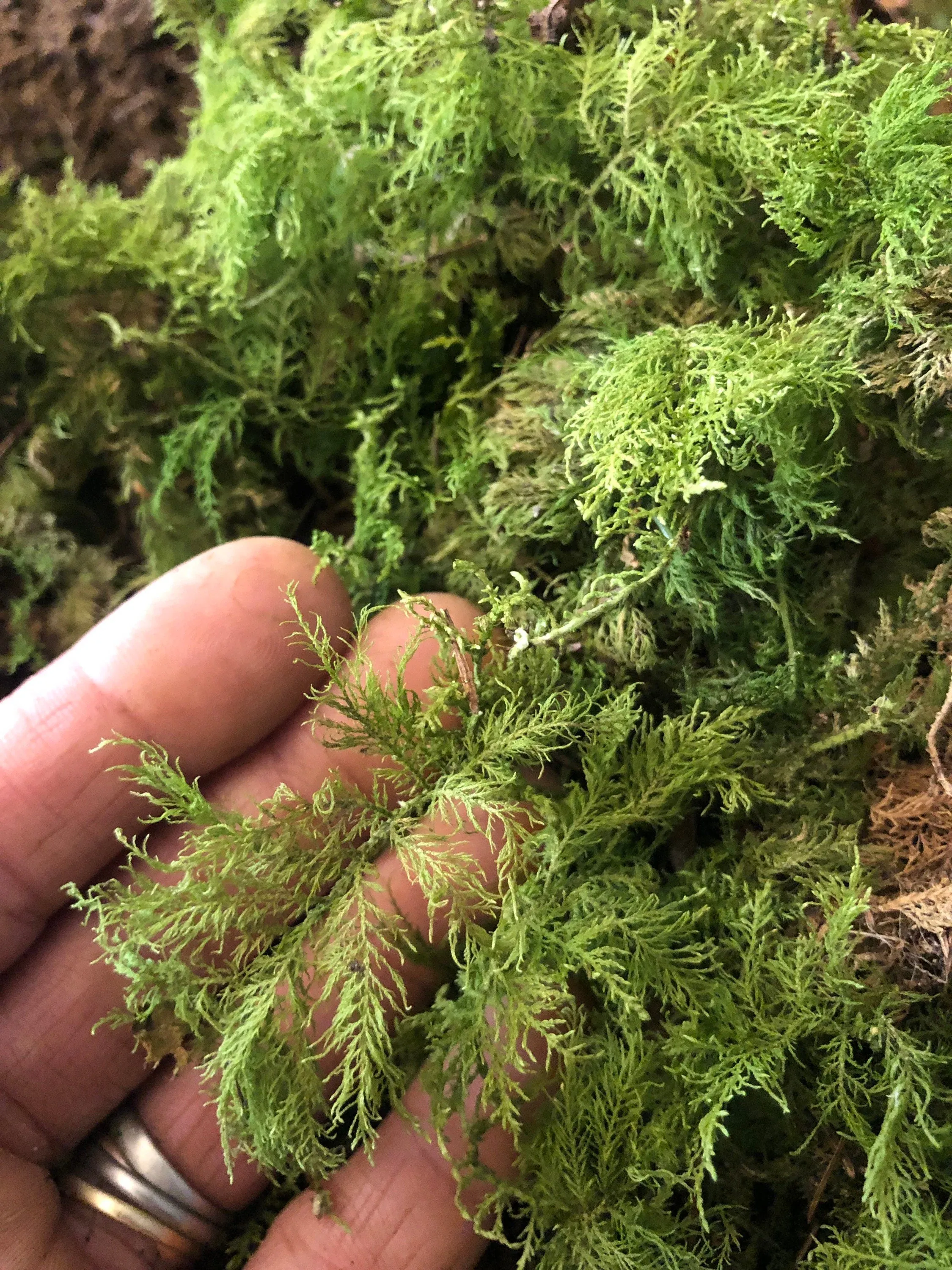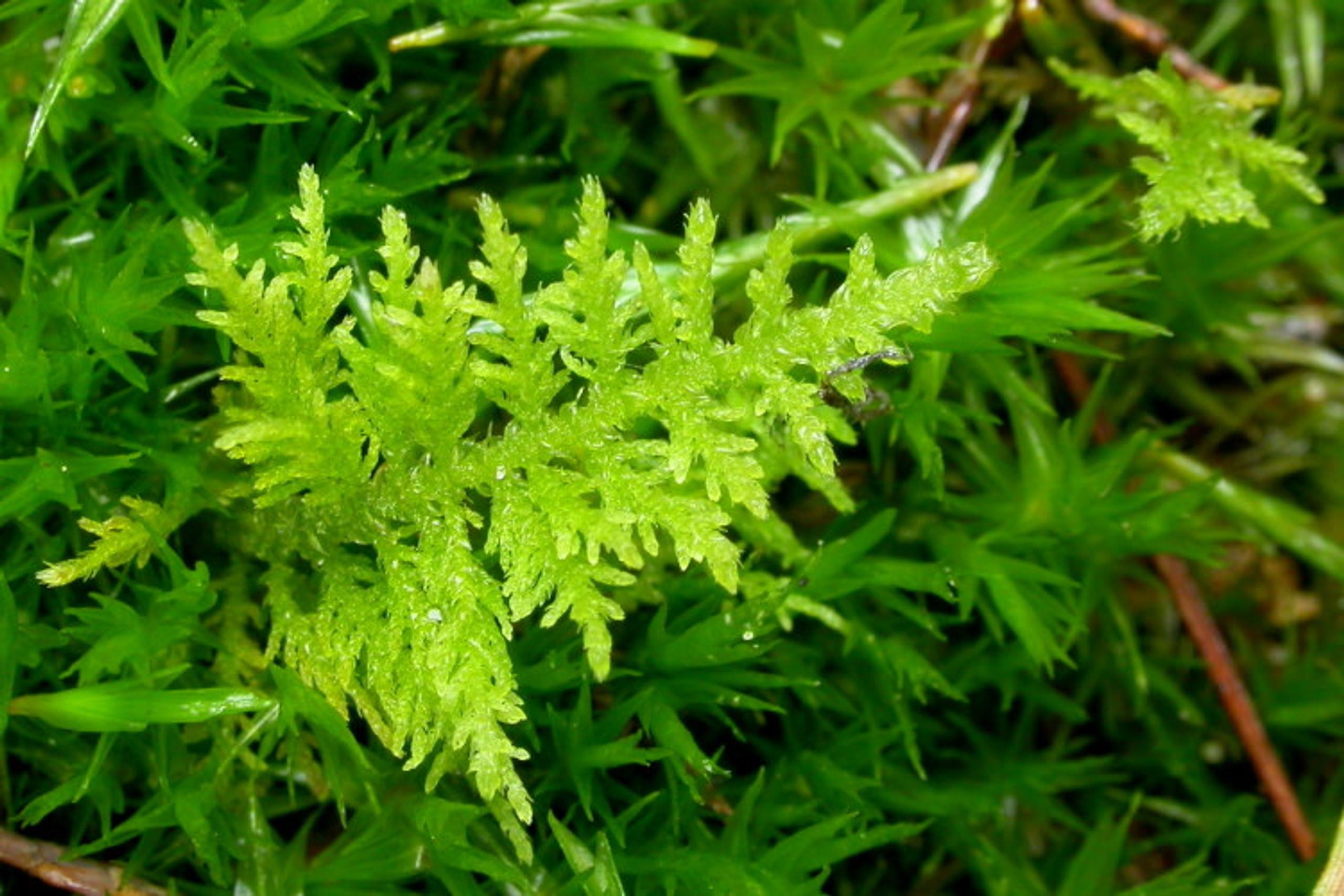
il_fullxfull.3122077987_qzv8.jpg from: https://moss-wholesale.com/products/terrarium-fern-moss-aka-thuidium-delicatulum-with-phytosanitary-certification-and-passport-grown-by-moss-supplier
Introduction
In the vast and captivating world of bryophytes, one particular moss species stands out for its unique charm and ecological significance – the Thuidium subglaucinum Cardot. Belonging to the Thuidiaceae family, this delicate yet resilient moss is commonly referred to as Thuidium. Let’s embark on an engaging journey to unravel the secrets of this fascinating plant.
Background
Before we delve into the intricacies of Thuidium subglaucinum Cardot, it’s essential to understand the broader context of bryophytes

gfm2__78777.1535507857.jpg from: https://www.perennialco.com/thuidium-delicatulum/
. These non-vascular plants, which include mosses, liverworts, and hornworts, are often overlooked but play a crucial role in various ecosystems. They are among the oldest land plants on Earth, dating back to the Paleozoic era, and have adapted to thrive in diverse environments.
Main Content
Morphology and Identification
Thuidium subglaucinum Cardot is a pleurocarpous moss, meaning its stems and branches grow horizontally along the substrate. Its vibrant green hue and delicate, feathery appearance make it a true delight to behold. One of its most distinctive features is the presence of paraphyllia, which are tiny, leaf-like structures found along the stems. These paraphyllia aid in water absorption and retention, ensuring the moss remains hydrated even in dry conditions.
Global Distribution and Habitat
This remarkable moss species can be found across various regions of the world, including North America, Europe, and Asia. It thrives in moist, shaded environments, such as forests, stream banks, and rocky outcrops. Thuidium subglaucinum Cardot is particularly fond of acidic soils and often forms lush carpets on the forest floor, creating a verdant tapestry that adds depth and texture to its surroundings.
Ecological Roles and Adaptations
Despite its diminutive size, Thuidium subglaucinum Cardot plays a vital role in maintaining the delicate balance of its ecosystem. Its dense mats help retain moisture, prevent soil erosion, and provide a nurturing environment for other plant species to take root. Additionally, this moss serves as a microhabitat for various invertebrates, fungi, and microorganisms, contributing to the overall biodiversity of the area.
One of the remarkable adaptations of Thuidium subglaucinum Cardot is its ability to reproduce both sexually and asexually. Through spores and vegetative propagation, this resilient moss can colonize new areas and ensure its continued survival in ever-changing environments.
Case Studies/Examples
In the Pacific Northwest region of North America, Thuidium subglaucinum Cardot plays a crucial role in the recovery of forests after disturbances such as wildfires or logging. Its ability to rapidly colonize disturbed areas and create a protective layer over the soil aids in the regeneration of other plant species, ultimately contributing to the restoration of the ecosystem.
Technical Table
| Characteristic | Description |
|---|---|
| Phylum | Bryophyta |
| Class | Bryopsida |
| Order | Thuidialesales |
| Family | Thuidiaceae |
| Genus | Thuidium |
| Species | Thuidium subglaucinum Cardot |
| Growth Form | Pleurocarpous moss |
| Habitat | Moist, shaded environments |
| Distribution | North America, Europe, Asia |
Conclusion
Thuidium subglaucinum Cardot, a humble yet remarkable moss species, serves as a testament to the intricate beauty and resilience of nature’s smallest wonders. Its delicate appearance belies its vital role in maintaining the health and balance of various ecosystems. As we continue to explore and appreciate the diversity of life on our planet, let us ponder this thought-provoking question: How can we better protect and preserve these often-overlooked yet invaluable components of our natural world?